The exploration of ancient Egyptian tombs and mummies has always captivated the world, unraveling mysteries that lay dormant for centuries. Among the most intriguing discoveries in history was the opening of a mysterious 2,800-year-old coffin with a strange black aura.
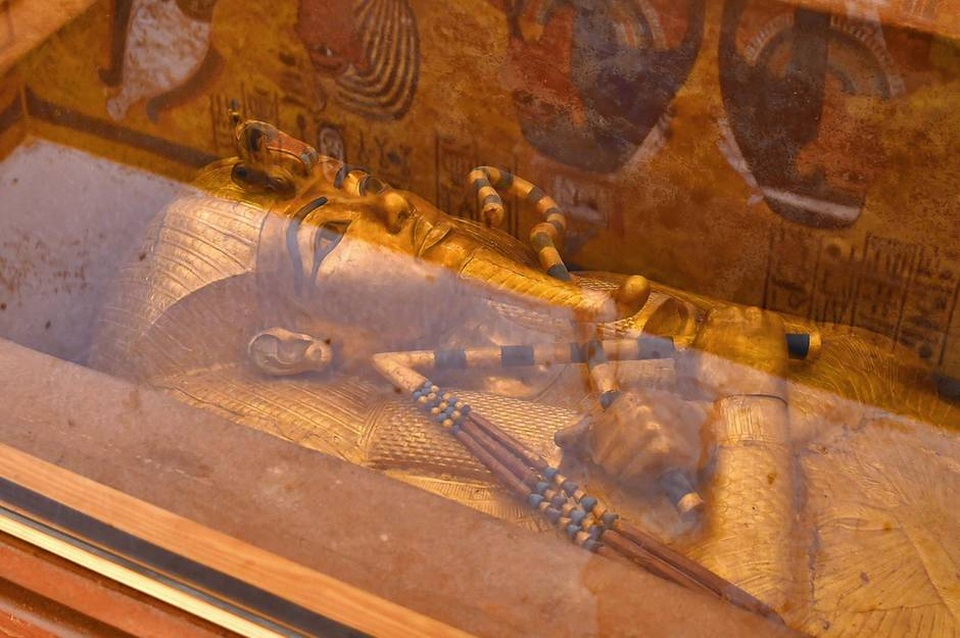
In 1922, the renowned British archaeologist Howard Carter made an astonishing find in the Valley of the Kings in Egypt—the mummy of Pharaoh Tutankhamun, or King Tut. Tutankhamun’s tomb was a treasure trove, filled with ancient artifacts, jewelry, gilded altarpieces, and a solid gold mask. This discovery fueled global fascination with Egyptian civilization.
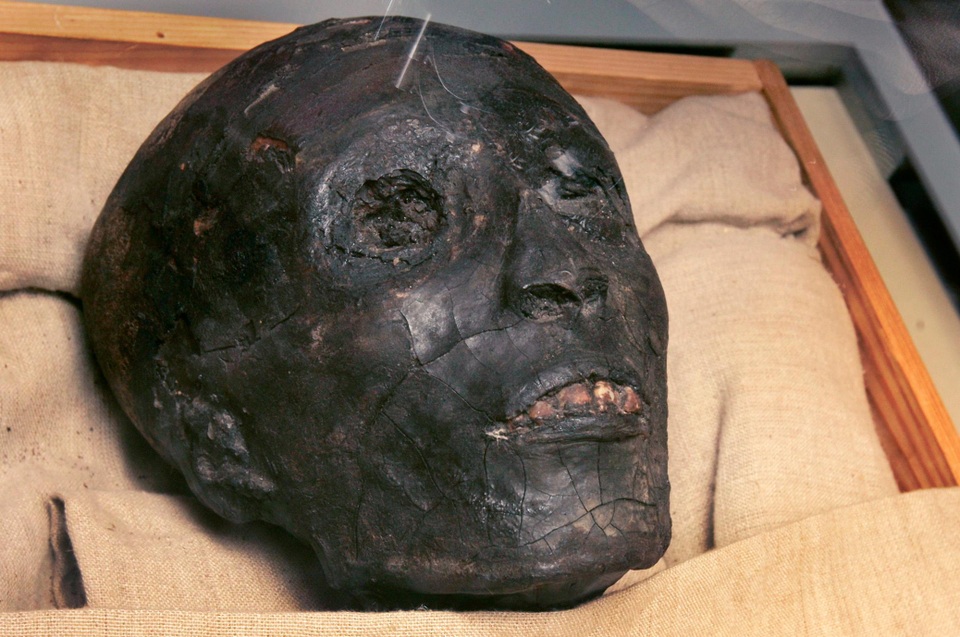
King Tut ascended to the throne at the age of 9 and ruled for about a decade. The circumstances surrounding his death were a subject of speculation for decades. In later years, Dr. Zahi Hawass of Egypt’s Supreme Council of Antiquities proposed that King Tut died after breaking his leg in a chariot accident, leading to a fatal infection.
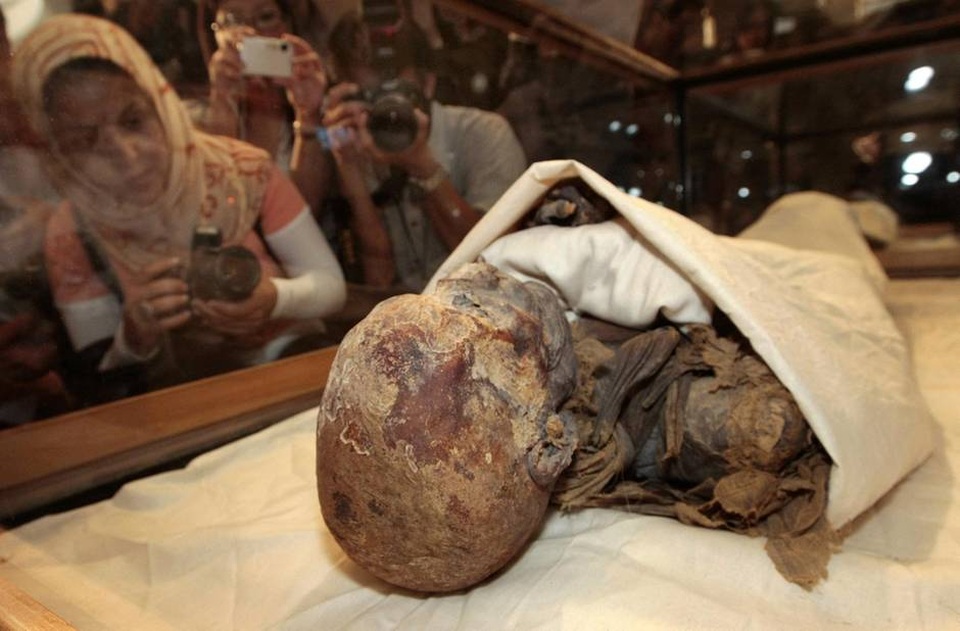
The unearthing of Tutankhamun’s tomb in 1922 set off a wave of interest in ancient Egyptian history. However, it also birthed the myth of the mummy’s curse when George Herbert, Carter’s partner and financier, died from a mosquito bite a few months later.
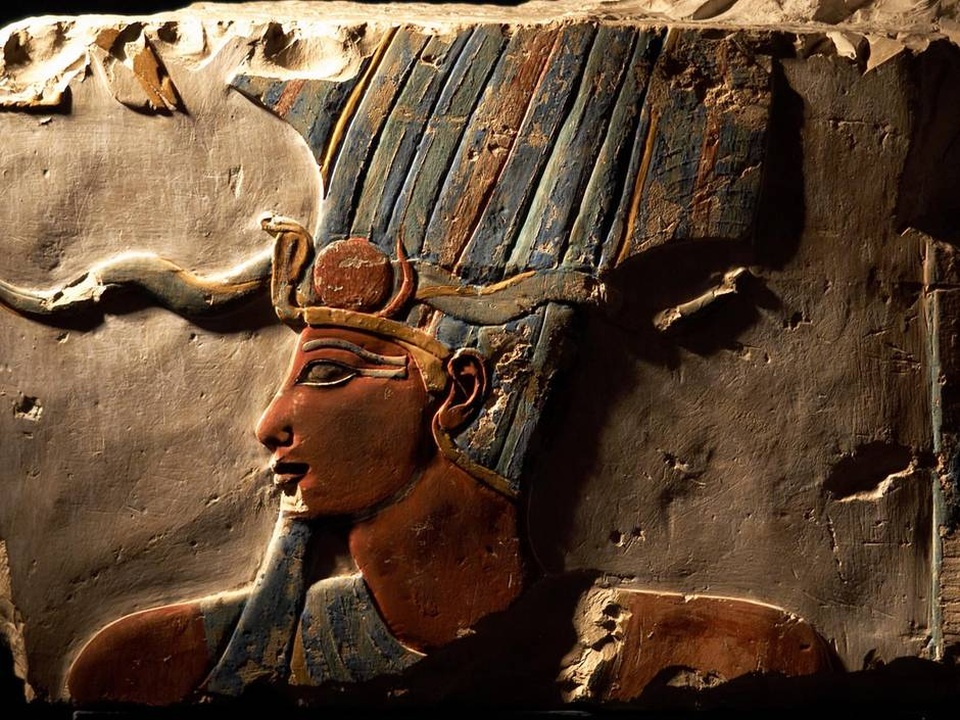
Moving beyond King Tut, another fascinating mummy mystery involves Hatshepsut, one of the most prominent female figures in Egyptian history. She established new trade routes and undertook major construction projects during her nearly two-decade-long reign. Discovered by Carter in 1902, Hatshepsut’s tomb, however, contained an empty coffin.
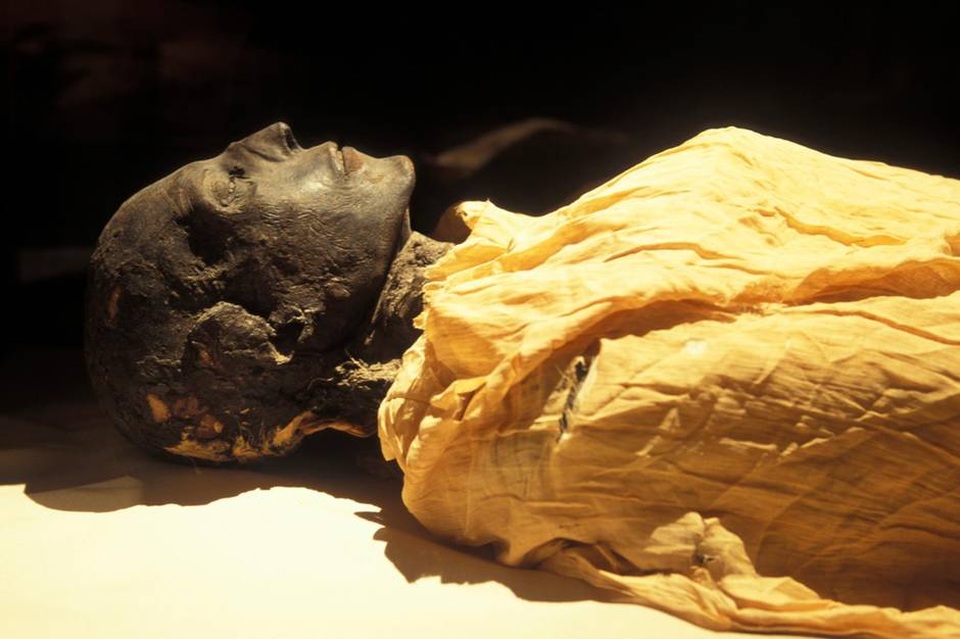
In 2006, Zahi Hawass and his team attempted to identify an unidentified female mummy found with Hatshepsut’s wet nurse. A molar found in a wooden box bearing Hatshepsut’s name matched the space in the mummy’s upper jaw, leading to the belief that it was, in fact, Hatshepsut. CT scans revealed she died at the age of fifty due to a ruptured abscess, with evidence of bone cancer, liver cancer, and diabetes.

Thutmose III, the son of Pharaoh Thutmose II, was a brilliant military strategist who transformed Egypt into a conquering nation. Known as the “Napoleon of Egypt,” Thutmose III ruled alongside his stepmother Hatshepsut.
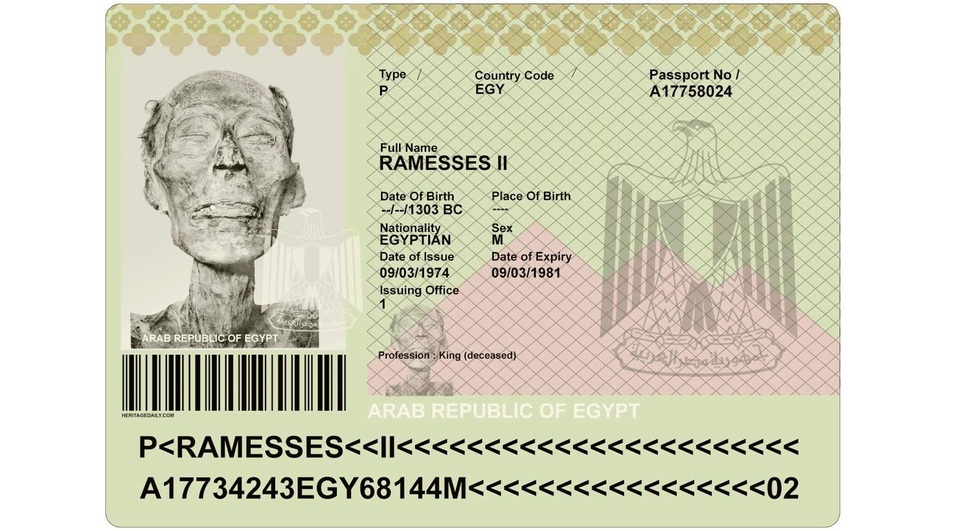
Seti I, pharaoh of the 19th Dynasty, restored Egypt’s prestige with military campaigns and construction projects. His greatest achievement was capturing the Syrian city of Kadesh from the Hittite empire.
Ramses II, also known as Ramses the Great, reigned for nearly 60 years and had over 100 children. His mummy, discovered in 1881, even received a passport in 1974 to travel to Paris for treatment, marking a unique moment in ancient history.ư

Meritamen, the daughter and queen of Ramses II, and Ahmose-Nefertari, the first queen of the 18th Dynasty, each have their own stories intertwined with the rich tapestry of ancient Egypt. Their mummies, carefully preserved over the millennia, continue to unveil the secrets of a bygone era.ư
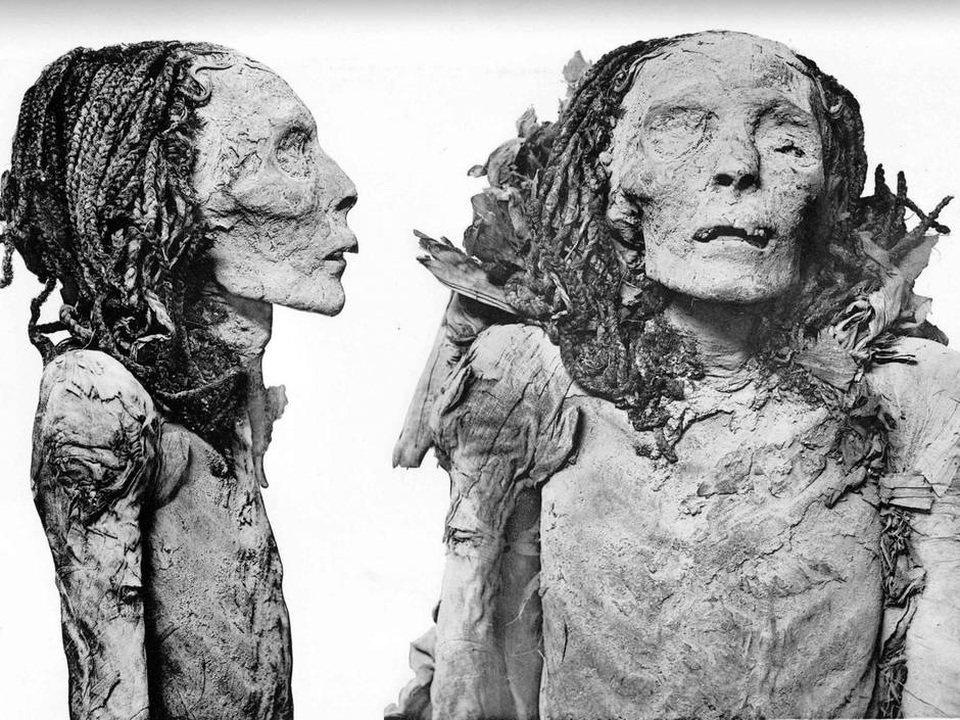
The exploration of these ancient tombs and mummies not only provides insights into the lives of pharaohs and queens but also stirs the imagination, leaving us in awe of the mysteries that linger from a time long past.